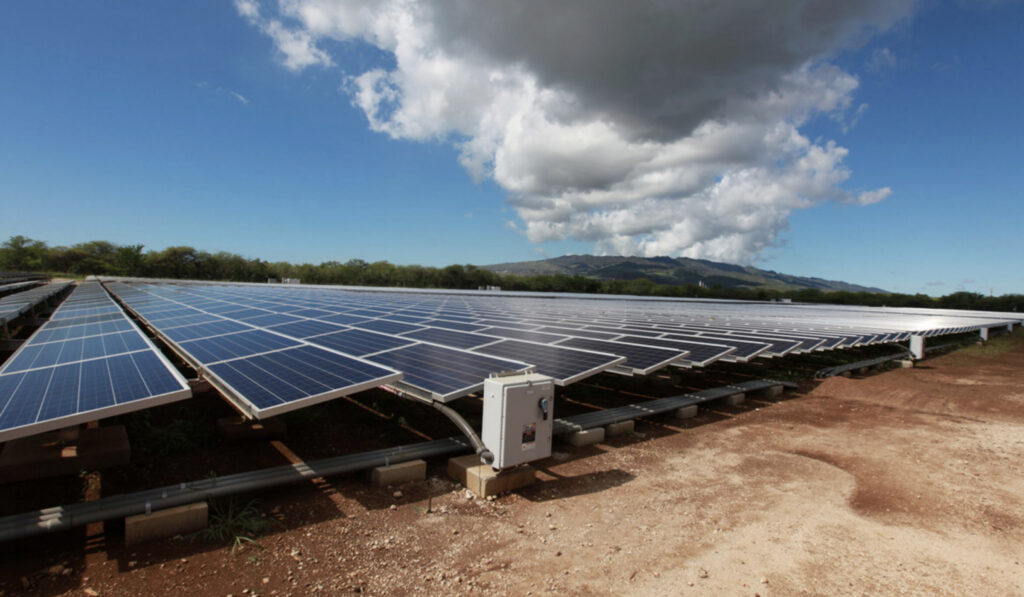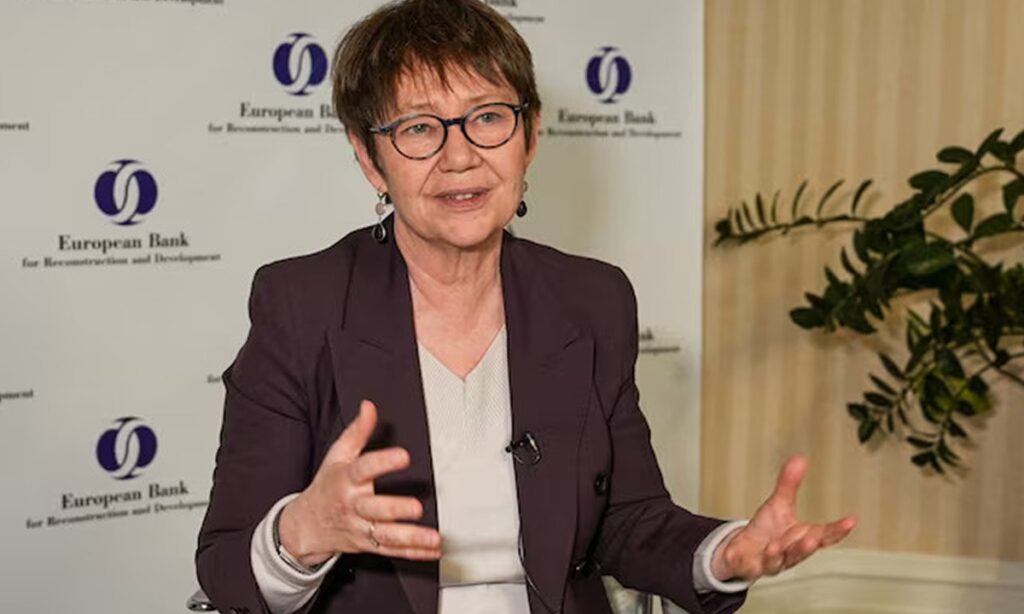
Three major U.S. solar developers, Soltage, Origis Energy, and rPlus Energies, have collectively secured over $1 billion to finance a combined 1.4 gigawatts (GW) of solar power capacity. These projects span multiple states and reflect the continued acceleration of clean energy investment across the country. According to PV Magazine USA, this marks one of the largest aggregated financing announcements of the year in the renewable sector.
Soltage, a New Jersey-based developer, is set to deploy a portion of the funding toward its portfolio of commercial and community-scale solar projects across states like Illinois, North Carolina, and New Jersey. The company is using a mix of equity and construction debt to fund projects focused on grid resilience and servicing underserved markets. CEO Jesse Grossman stated that this capital infusion will support strong client demand for decarbonization services.
Origis Energy, headquartered in Florida, is channeling its capital toward large-scale utility solar farms, most notably the Golden Triangle II and III projects in Mississippi. Combined, these two projects represent about 550 MW of the company’s nearly 750 MW pipeline. The financing package includes backing from major institutional lenders, including Mitsubishi UFJ Financial Group (MUFG), as reported in PV Magazine. These projects are considered “construction-ready” and are anticipated to go online by late 2026. According to Origis, this expansion will serve as a critical supply point for utility companies moving to diversify away from fossil fuels.
Meanwhile, Utah-based rPlus Energies is investing its share of the financing into utility-scale solar projects that include integrated battery storage systems. One of its flagship projects, Graphite Solar II in Utah, is being co-developed with municipal power authorities to help reduce peak demand pressures on local grids. rPlus CEO Luigi Resta emphasized that storage integration is now essential for ensuring grid stability, especially in arid Western states that experience intense summer demand cycles.
Federal policy has played a significant role in enabling these financing achievements. The Inflation Reduction Act (IRA) extended the Investment Tax Credit (ITC) and created new incentives for U.S.-made components and solar development in low-income or energy-transition areas. These federal benefits have enhanced the bankability of solar projects, attracting both domestic and international lenders. According to IREN, the levelized cost of electricity (LCOE) for solar has declined 89% since 2010, making it the most affordable new generation source in many parts of the U.S.
The combined projects are expected to generate thousands of jobs and significantly reduce carbon emissions. Estimates from the U.S. Department of Energy suggest that 1.4 GW of solar could offset roughly 1.9 million metric tons of CO₂ emissions annually—the equivalent of taking over 400,000 gasoline-powered cars off the road. Additionally, more than 4,000 construction jobs and 300 long-term operational positions are projected to be created through these projects.
While this $1 billion milestone indicates strong investor appetite, there are still challenges facing the industry. Interconnection delays, high-voltage transmission bottlenecks, and the rising cost of capital have disproportionately impacted smaller solar developers without access to institutional finance. Nonetheless, the scale and speed of these recent deals suggest that solar energy, especially when paired with storage, is maturing into a core component of the U.S. energy portfolio.
Looking ahead, industry watchers expect continued momentum in solar-plus-storage hybrids, agrivoltaic solutions (solar co-located with agriculture), and expanded use of U.S.-manufactured components to further qualify for enhanced tax credits. The developers involved in these deals have each stated that this round of financing is only the beginning, with further expansions anticipated under the policy umbrella of the IRA and state-level renewable targets.
This sweeping set of developments represents not just a win for clean energy, but also a significant shift in how U.S. infrastructure is financed and built in the era of climate-conscious investing.

Bella Richardson is a dedicated journalist and news analyst known for her clear, thoughtful reporting and her ability to make complex stories accessible to a broad audience. With a Master of Science in Mass Communication, she brings both academic insight and real-world experience to her coverage of breaking news and trending topics throughout the United States.






